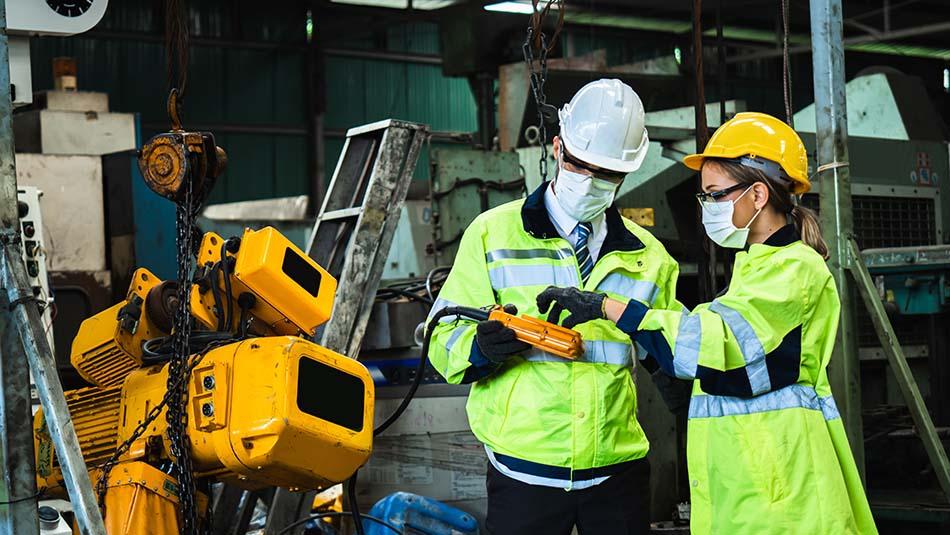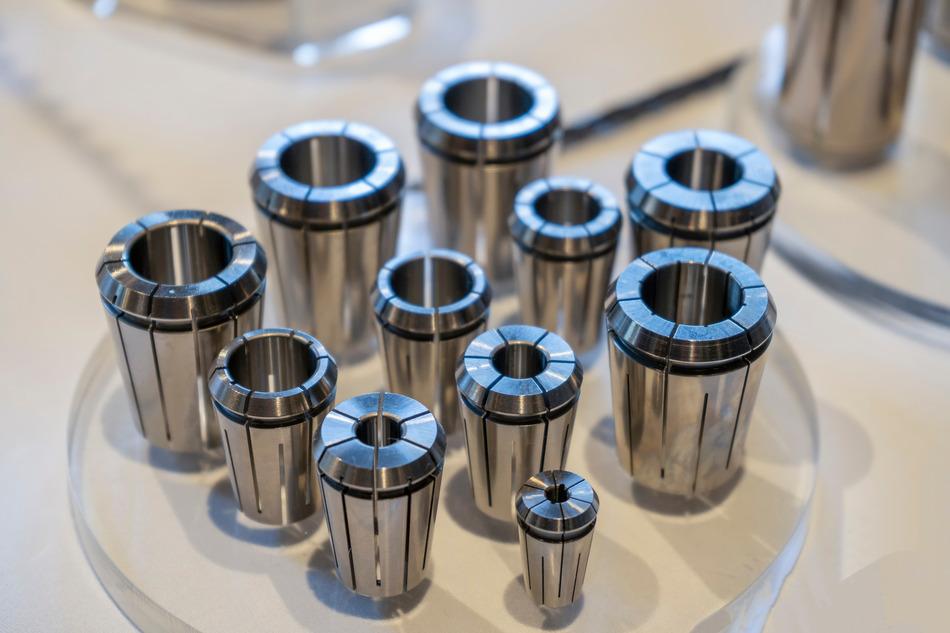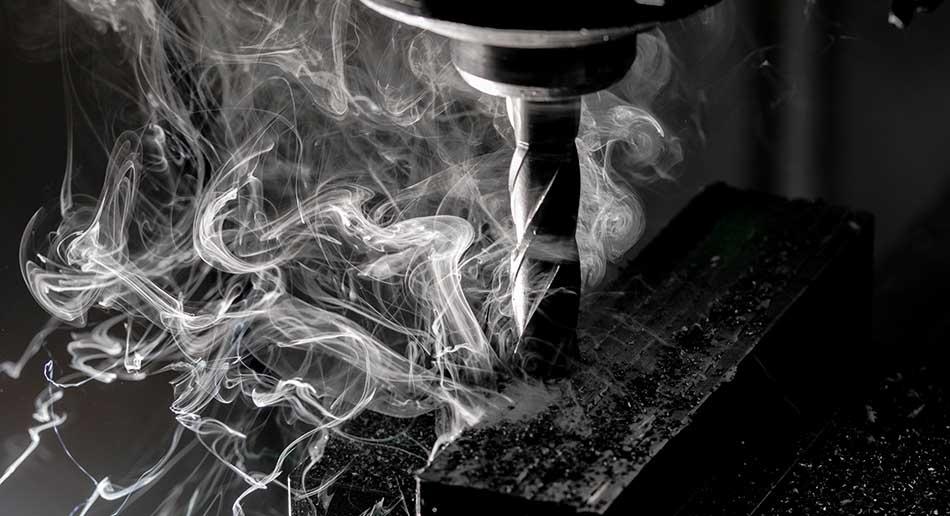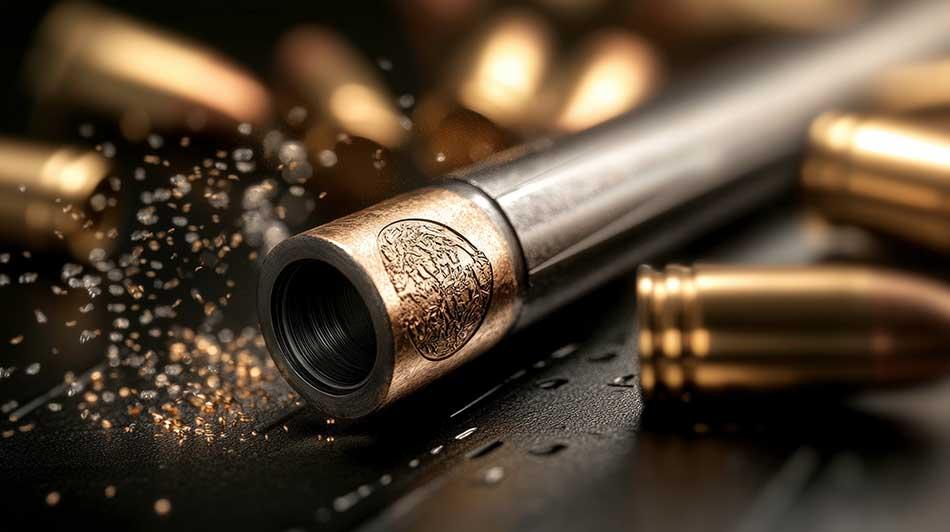Safety Advantages of CNC Machines in Modern Manufacturing
Manufacturing has come a long way, and one of the biggest improvements is how safe factories have become. CNC (Computer Numerical Control) machines have played a big role in making manufacturing much safer.
These machines use computers to control machining tools, which means workers don’t have to be as close to dangerous equipment. This blog will explain how CNC machines improve safety and make manufacturing a better place to work.
Keeping Workers Safe from Injuries
Before CNC machines, workers had to manually operate machines, which meant using sharp cutting tools and working with fast-moving parts. This led to a high risk of cuts, burns, and even serious injuries. CNC machines change this by automating machining operations, so workers don’t have to handle dangerous tools directly.
Instead, they program the machine and let it do the work.
Since CNC machines do most of the cutting, drilling, and milling on their own, the chances of a worker getting hurt are much lower.
Enclosed Machines Protect Workers
A big safety feature of CNC machinery is that many of them are enclosed. This means all the cutting, grinding, and drilling happens inside a protective casing. If a piece of metal breaks or a tool snaps, the enclosure keeps it from flying out and hitting someone. Workers no longer have to stand close to spinning blades or moving parts, which makes the job much safer.
Machine shops that invest in CNC machining services see fewer workplace injuries and better working conditions. CNC computer numerical control machines ensure that even complex machining processes are carried out in a controlled environment. Many CNC machines also have emergency stop buttons and safety locks. If something goes wrong, the machine can shut down quickly, preventing accidents. Some machines even have light sensors that stop operations if someone gets too close.
Reducing Mistakes That Cause Accidents
Mistakes in traditional machining operations can be dangerous. If a worker miscalculates or positions a tool incorrectly, it can lead to serious accidents. CNC machines eliminate a lot of these risks because they follow highly precise computer programs. The machine does exactly what it is told, which means fewer mistakes and fewer chances for accidents.
CNC machines also produce consistent and high-quality parts every time. Since they don’t rely on human control for every movement, there are fewer chances for human error that could lead to safety problems. In manufacturing processes where shape size and accuracy matter, CNC technology ensures every part is made with the same precision.
Less Physical Strain on Workers
Traditional manufacturing jobs can be very tiring. Workers often have to lift heavy objects, bend over machines, and repeat the same movements for hours. Over time, this can lead to back pain, muscle strain, and other health problems.
With CNC machines, workers don’t have to do as much physical labor. Instead of lifting and positioning heavy materials, they can use automated systems that move materials for them. This means less wear and tear on the body and fewer injuries related to overworking muscles. Operating CNC machines requires skill but reduces the physical effort needed compared to traditional methods.
Safe Work from a Distance
One of the biggest advantages of CNC machines is that workers can operate them from a safe distance. Many modern CNC machines allow remote monitoring, so workers can check on the machine’s performance without standing next to it. This significantly reduces the risk of injury by keeping employees away from direct contact with machining tools and cutting tools.
Factories are also using smart technology with CNC machines, such as sensors and cameras. These allow workers to track production in real time without having to be physically present. If something goes wrong, workers can stop the machine and make adjustments without putting themselves in danger. This technology is helping machine shops enhance safety while maintaining efficiency.
Meeting Safety Standards
CNC machines help manufacturers follow strict safety rules set by organizations like OSHA (Occupational Safety and Health Administration). These rules make sure workplaces are safe for employees. CNC machines come with built-in safety features like automatic shut-offs, emergency stop buttons, and protective barriers that help companies meet these safety standards.
In addition, manufacturers regularly update CNC machines with the latest safety improvements. By keeping up with new safety standards and ensuring regular maintenance of their equipment, companies can make sure their workers stay protected. CNC machining services that prioritize maintenance and compliance contribute to a safer work environment for everyone involved.
Reducing Fire and Electrical Risks
Traditional machining methods can create sparks, heat, and dangerous conditions that may lead to fires. CNC machines are designed to handle these risks better. Many have built-in cooling systems to keep temperatures under control, preventing overheating. Some CNC machines also include fire suppression systems that activate if they detect excessive heat.
Another benefit is that CNC machines have better electrical safety features. Advanced grounding systems and automatic diagnostic checks help prevent electrical issues, reducing the risk of shocks or malfunctions that could cause harm. These features make CNC machinery one of the safest options in the manufacturing industry.
Training Workers for Safe Operation
CNC machines require proper training, but the training ensures that workers operate them safely and efficiently. Instead of relying on experience alone, CNC operators go through structured training programs where they learn how to handle machines correctly and follow safety guidelines.
Many companies now use virtual reality and simulation programs to train workers before they even touch an actual CNC machine. This allows employees to learn in a safe environment before working with real equipment, reducing the chances of accidents caused by inexperience. Safety glasses and other protective equipment are still required, but overall, the risks are much lower than traditional machining processes.
The Future of CNC Safety in Manufacturing
CNC machines have made manufacturing much safer by reducing human contact with dangerous tools, minimizing mistakes, and automating risky tasks. They also provide extra safety through protective enclosures, emergency stop functions, and smart monitoring systems.
As technology improves, CNC machines will continue to get safer. Factories are adopting more advanced automation, using artificial intelligence (AI) to predict when machines need maintenance, and adding even better safety features. Investing in CNC technology is not just about increasing efficiency—it’s about keeping workers safe and making manufacturing a better place to work.
By using CNC machines, manufacturers can reduce workplace injuries, improve working conditions, and ensure that safety remains a top priority in the industry. With the right training, proper maintenance, and advanced safety features, CNC machining services will continue to be one of the safest and most efficient parts of the modern manufacturing process.




